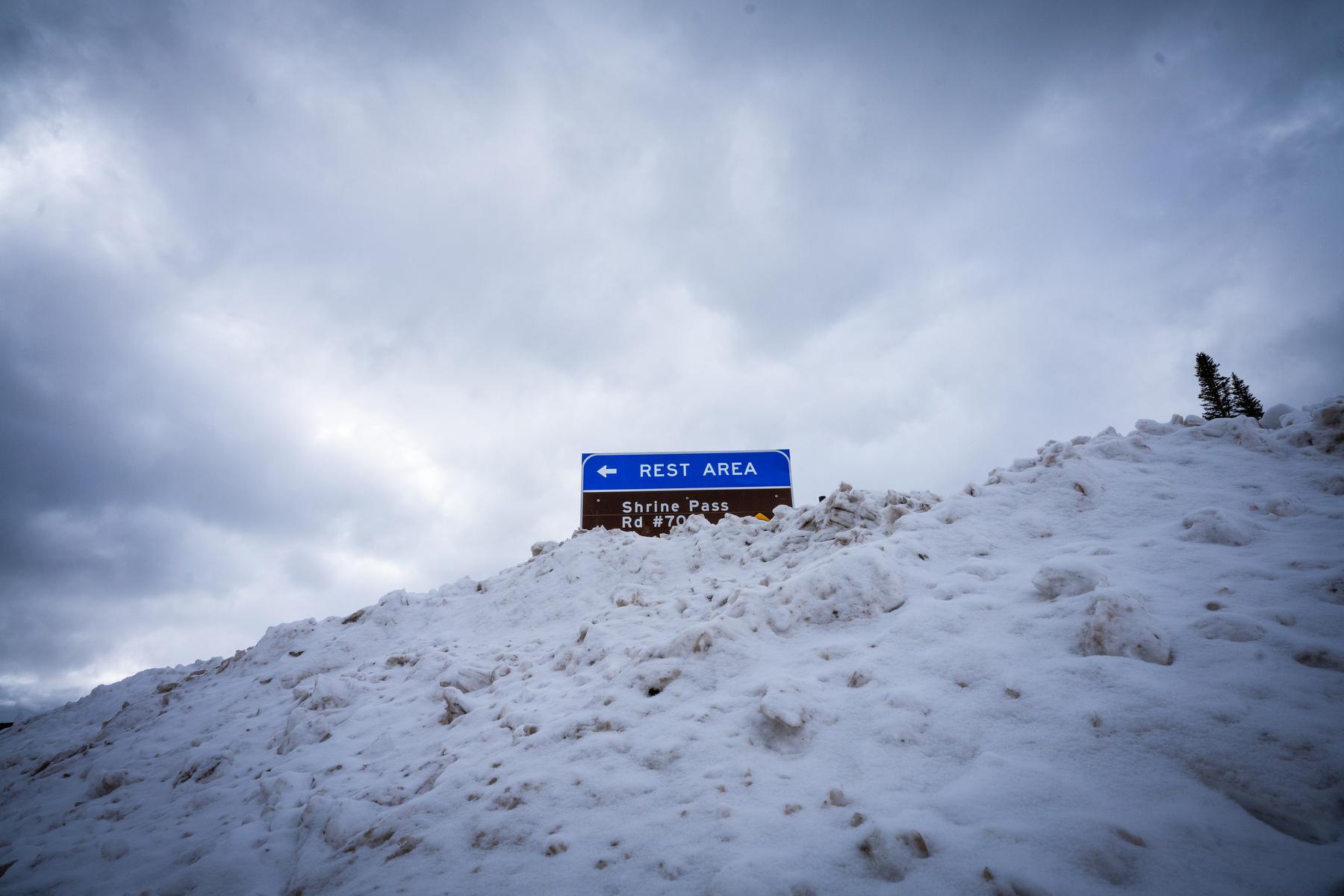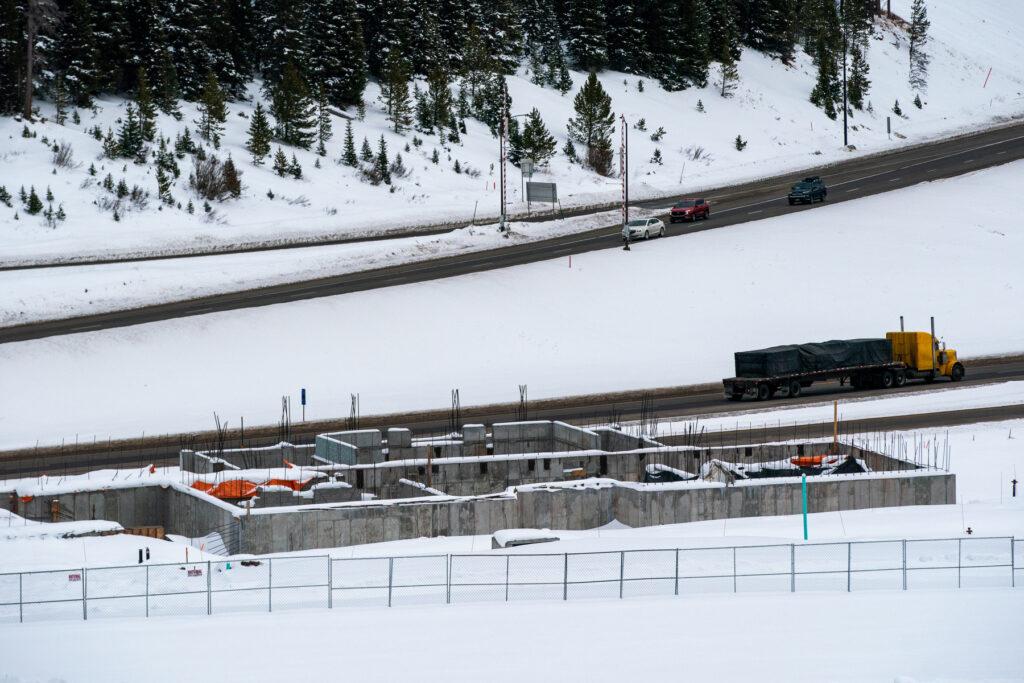
In her previous life as a boreal toad researcher, Lauren Livo used to drive all over Colorado. Her “tours de toad” would send her to the plains of southeastern Colorado, wetlands near Steamboat Springs, and often to a hatchery near Alamosa.
In other words, Livo knows Colorado’s highways. And she knows exactly where the Colorado Department of Transportation’s rest areas are — and where they used to be.
Livo ticked off a number of rest areas that have closed in recent years: Larkspur. Pueblo. Deer Trail. Bennet. In total, at least a dozen have shut their doors since 2006 — though some closings are just temporary.
“Why are they all closing?” she asked us via Colorado Wonders.
The short answer is money.
Colorado had 36 rest areas in 2007, said Hope Wright, a real estate asset manager at CDOT. Some were relatively new, paid for with federal dollars. But many were aging and had significant maintenance issues.
“We have [had] a lot of one-off investment, a lot of investment for capital — as is typical with federal funding,” Wright said. “And then no funding for maintenance at all.”
So the department started closing rest areas. Eckley, Raton Pass and Springfield were the first to go in 2008. Two facilities in Larkspur went next, in 2009. Those needed expensive new sewage systems and were also being used for “nefarious activities” like methamphetamine cooking and prostitution.
“It seems like the closer our rest areas are to a major populated area, the more they tend to attract maybe the wrong kind of person,” Wright said. “It just became harder and harder to keep those open.”
By 2016, just 26 rest areas remained. That’s still the case today, apart from three that are temporarily closed. All of the closures “shocked” the Transportation Commission, Wright said, which directed CDOT to study the issue. The resulting two-part study actually recommended eventually closing or selling off 10 more rest areas, citing escalating maintenance costs.

But instead, CDOT is now pumping more money into rest areas.
The commission rejected the study’s recommendation, and resolved that no more rest areas would be closed. It also, vitally, increased funding for them — and even created a dedicated funding stream that kicked in last fiscal year.
“We’re making a huge impact with what we’ve received so far,” Wright said. “It’s been a great thing.”
The highest-profile project is an overhaul of the immensely popular rest area on the east side of Vail Pass. The old, dank buildings built in 1981 were closed in May 2022. They had a host of problems, Wright said, like inadequate water supply, heating issues, leaks and a questionable fireplace.
“We don’t really know what the purpose of that fireplace was yet,” she said. “It was quite frightening.”
The new $22.5 million “world-class” facility will be mountain chalet-chic, with two-story windows, massive water-storage tanks, more bathrooms, more parking, cultural nods to Native Americans’ historic use of Vail Pass, life-size animal forms and interpretive panels, and a viewing platform facing down the pass toward Copper Mountain. It should reopen by late 2024.
A lack of water also doomed the two rest areas just north of Pueblo, which CDOT closed in 2020. They never had running water, Wright said, which meant maintenance workers often couldn’t keep up with waste and closed frequently.
CDOT plans to replace those rest areas with a new one at the edge of Pueblo West — with both water and sewer services — in the next few years, Wright said.
More projects focused on making facilities ADA-compliant, or rebuilding them entirely, are planned too. Those include rest areas near Holly on the Eastern Plains, Trinidad, South Fork, Dinosaur, and at Bair Ranch, No Name and Grizzly Creek in Glenwood Canyon.
But decades of disinvestment means some of thost projects will cost more and take longer than initially planned. The Glenwood Canyon rest areas first need new wastewater facilities, which came as a surprise. And costs at Vail Pass came in far higher than CDOT had initially estimated.
Wright said because CDOT went so long without building a rest area — more than 20 years — it didn’t have good data for how much they should cost.
She’s hopeful that once the agency has triaged maintenance on its existing rest areas, it can start thinking bigger too. The department has been pushing for years for the legal right to add electric vehicle chargers to its rest areas. And perhaps one day, it can even add more facilities across the state.
“We want people to stop. We want them to get out,” Wright said. “We want to make it comfortable for them so they can get right back on the road, feel refreshed, and hopefully that improves travel for everyone by making it safer for everyone.”








